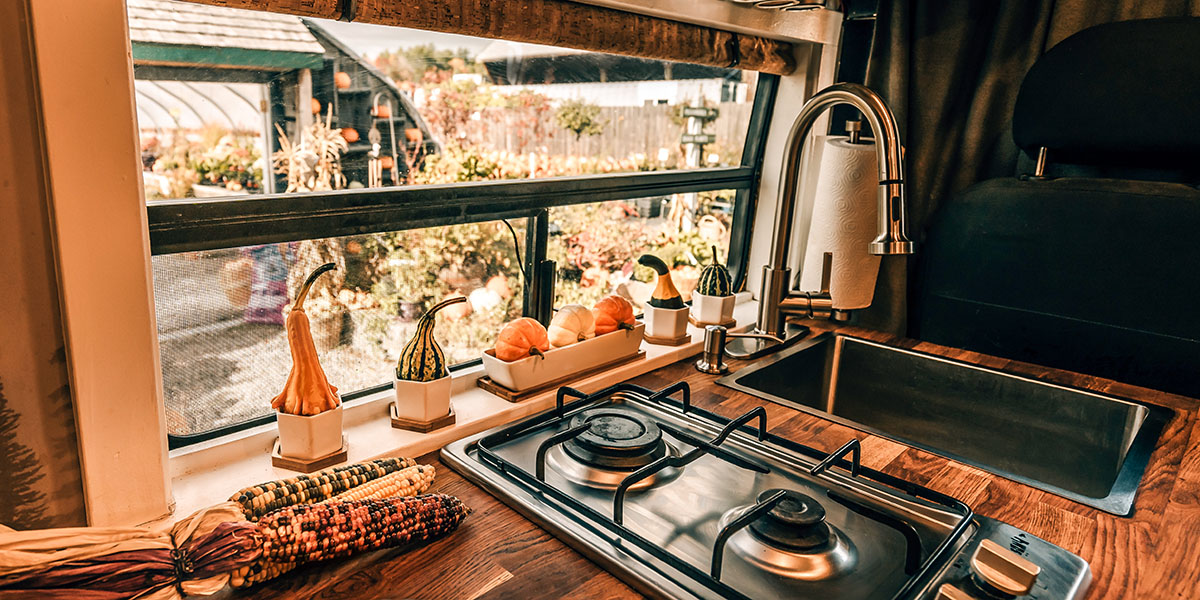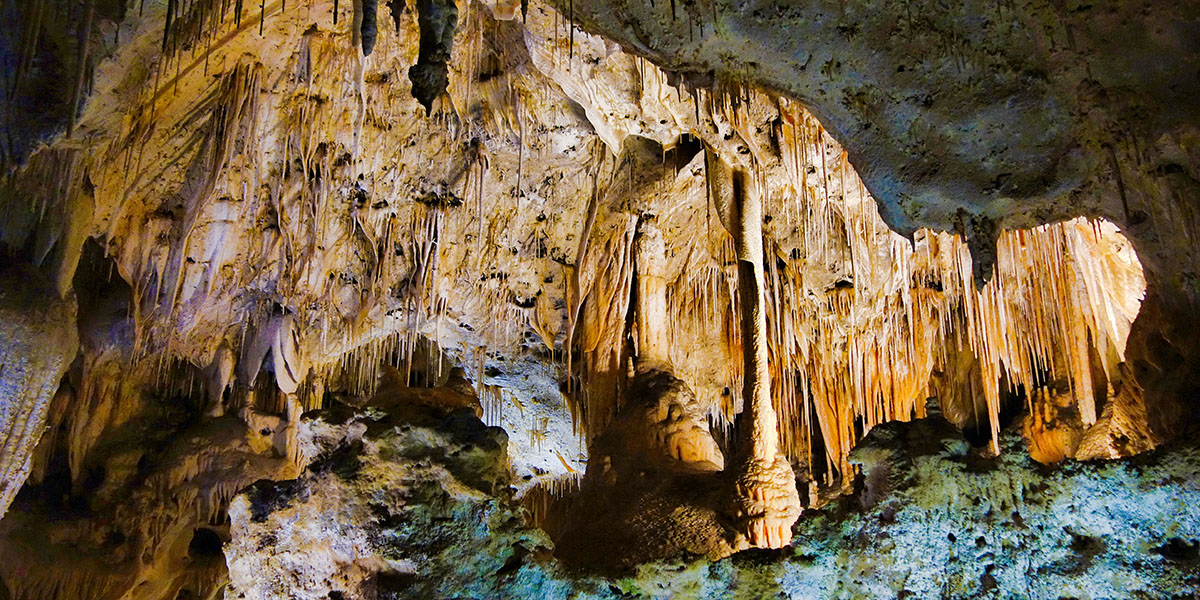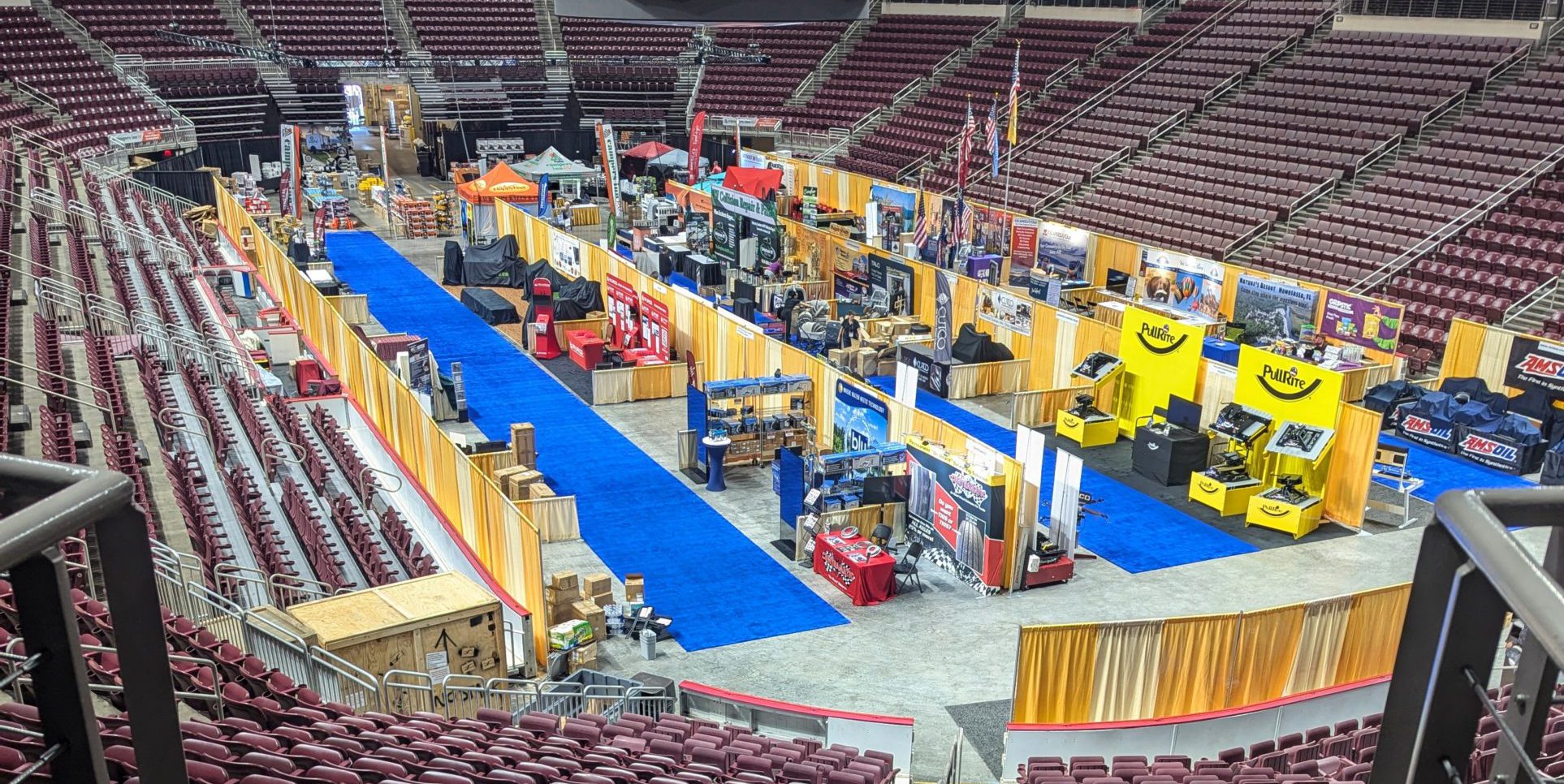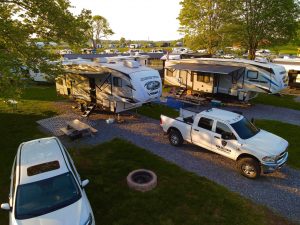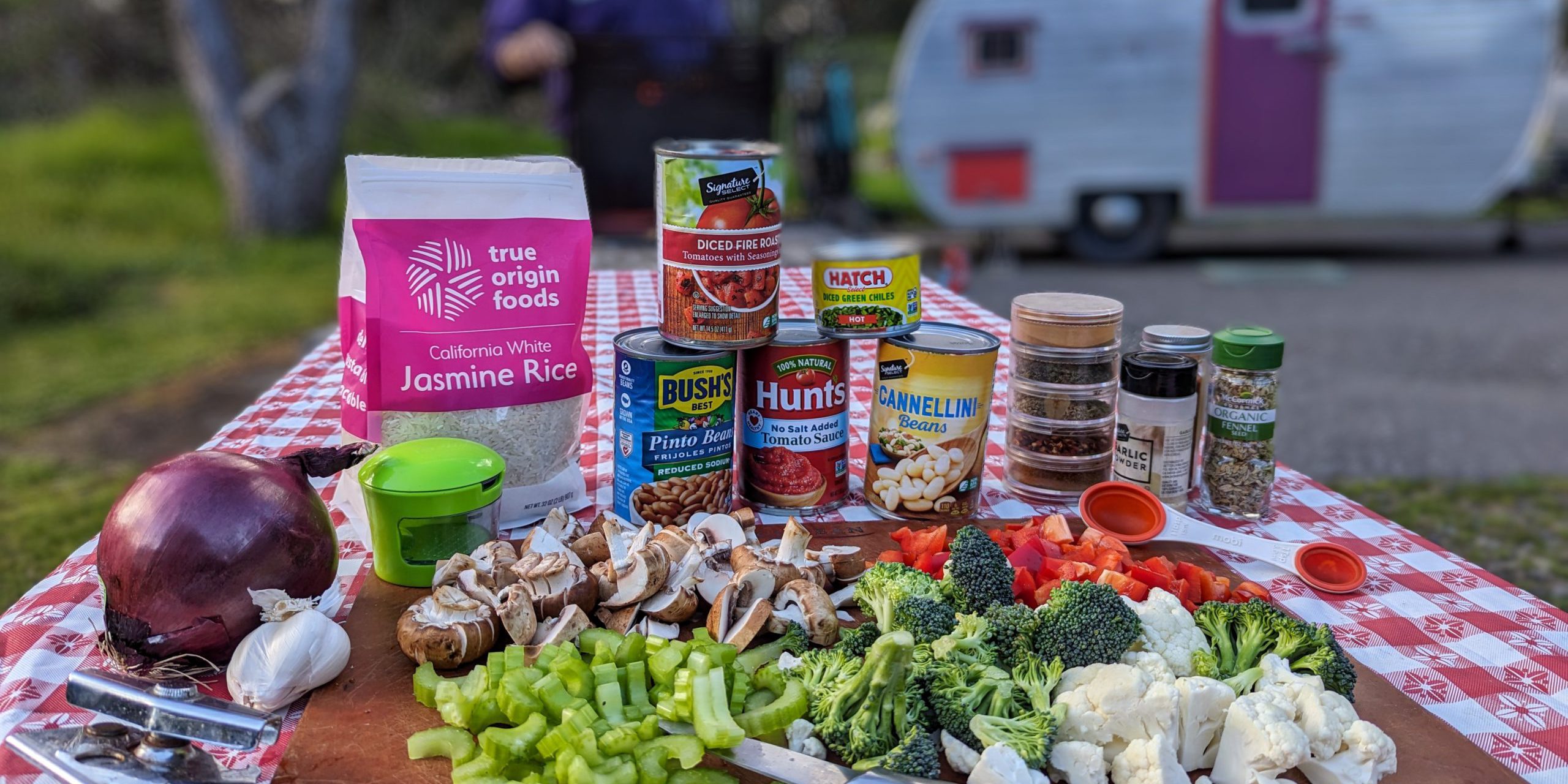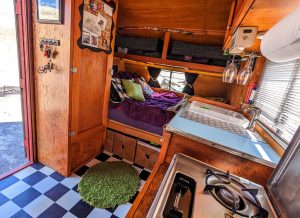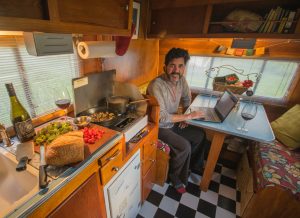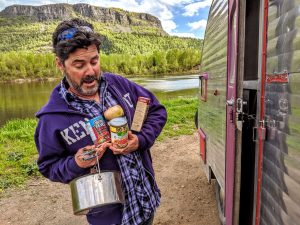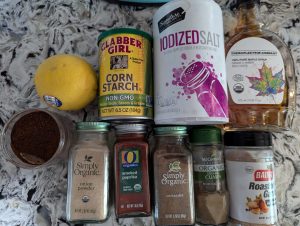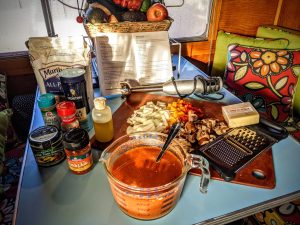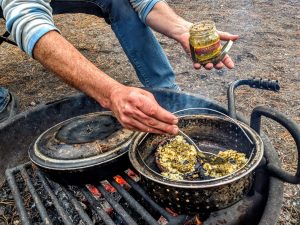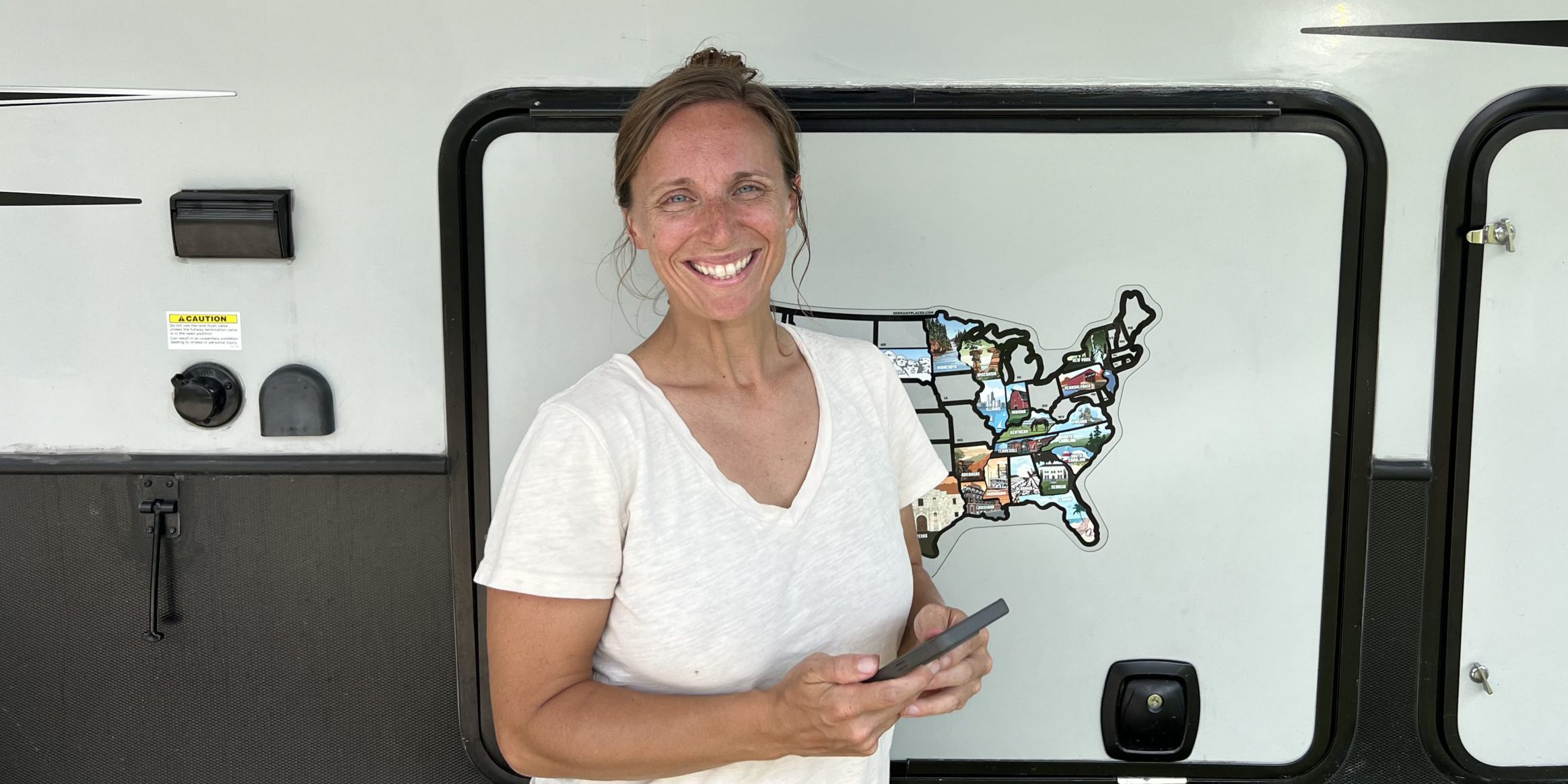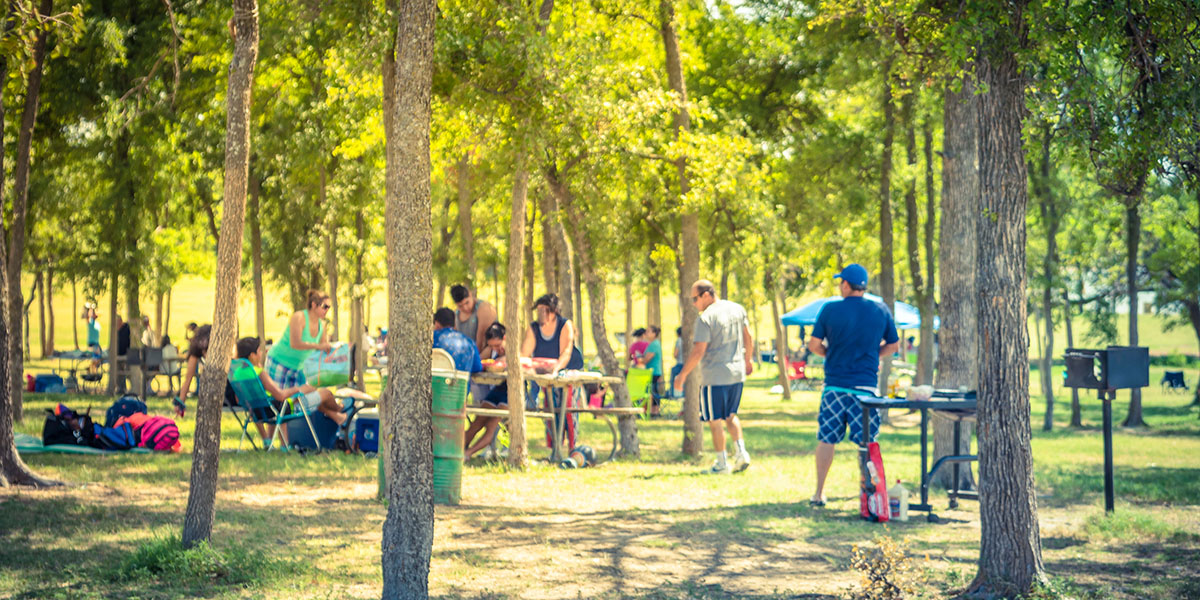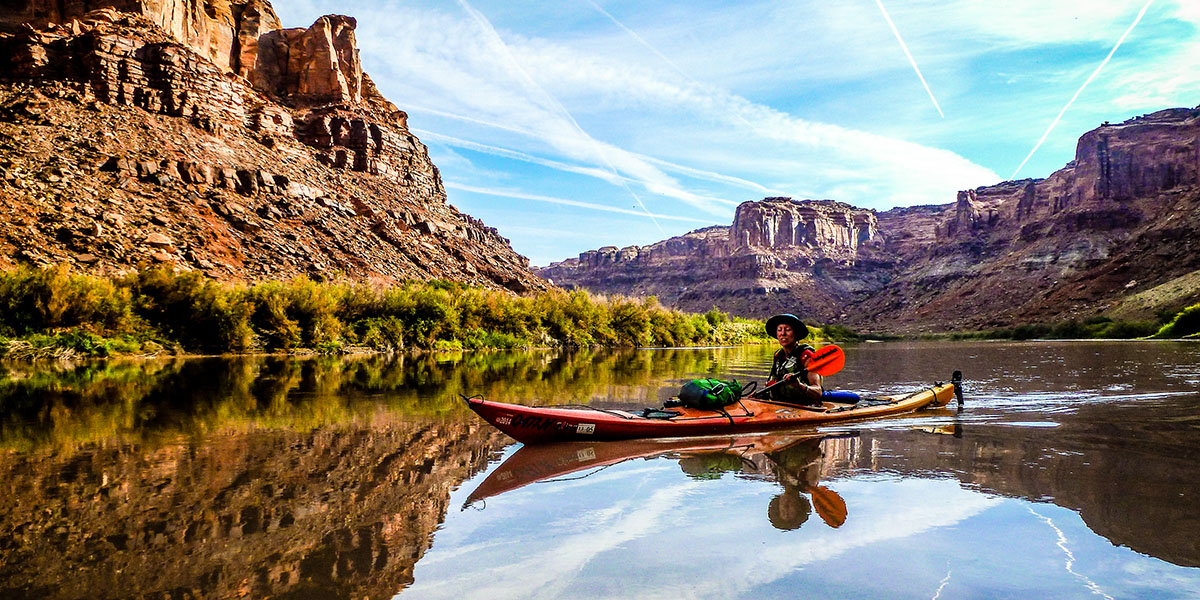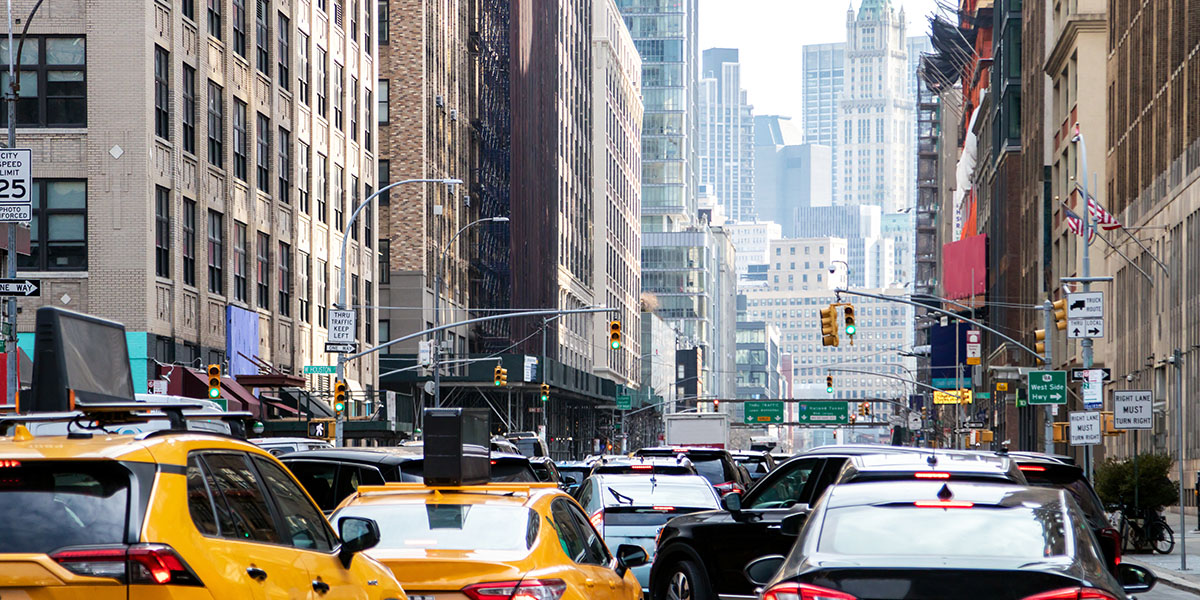Looking to give your home on wheels a more natural autumn twist? You’re in luck! Organic styles and earthy tones are all the rage in interior design trends. Plus, you just happen to be traveling in an ever-changing landscape of natural beauty. Step out and take a look around. Just outside your RV are little pieces of fall decor that can be gleaned from your natural surroundings. (What’s more, they’re usually free!)
So, let’s talk about the specifics of turning nature into decoration this autumn.
Accepting the Challenge of RV Decor
Decorating an RV can be a tricky affair. (Not to mention a trick-or-treaty affair come October.) There are no walls to drill or hammer nails into, and your canvas size is much smaller. But for every challenge, there is an opportunity for design creativity. While decorating an RV, we must take a somewhat roundabout approach.
Without the use of hammers, nails and screws, we are left with double-sided tape hooks, tension rods, and over-the-door racks. But don’t despair! All of these methods are manageable, sustainable, and simple to implement.
Step 1: Curate Small Spaces
Think Small
It can feel frustrating to approach a small space for decoration. But design challenges like this can be turned into something creative and intriguing. Lean into the smallness of your canvas. Here is a great opportunity to pull visitors into a small and wonderful display of natural elements.
Some of the coolest things I find on our RV travels are teeny tiny. Small seashells, small bugs, small plants, and small rocks. All of these things can be transformed into an array of natural displays for you and your guests to relish over. If you like to observe these tiny miracles in nature, start collecting them for thoughtful arrangments that can be displayed artfully in small spaces. Small works of nature-based art can entice the audience closer, giving them an opportunity to observe often overlooked details in our daily life.
Think Light
Sure, 3M Tape has made some serious leaps and bounds in recent years, but it is still just tape. So, before you hang a five-foot oil painting on that hook, consider something a little lighter. There are so many beautiful things lying right outside your camper — light as a feather — that could serve as natural decor.
Step 2: Forage for RV Fall Decor
Foraging for dried flower arrangements is a joyful form of art and creation. And they are stunning on display.
My favorite perks of using dried flower arrangements as art? Glad you asked.
- They weigh practically nothing.
- They are real, as opposed to plastic floral arrangements.
- They will fill a space with a calming scent.
- They are free.
- They can last forever.
The act of foraging for dried arrangements can be just as satisfying as looking for sea shells, shark teeth, or even driftwood on the beach. The added benefit is that your findings are a lot easier to put on artful display than a jar full of shells or teeth.
How to Turn Forage into Decor
- Find the flowers and natural elements that speak to you. Not all of them will dry to your liking. (You can research this ahead of time or learn by trial and error.)
- Hang them for a few days to dry.
- Arrange them according to your color palette, while taking texture and composition into account.
- Hang them up, or put them in vases. I like to wrap and hang my bouquets with a natural colored rope, like hemp. I like to hang them from a natural stick in groups of three or more. (A benefit to hanging them instead of putting them in a vase is that you don’t have to worry about them falling over while you are on the road.)
Step 3: Integrate the Senses into RV Fall Decor
Some of my favorite interior design themes include elements found in the natural world. Antlers, drift wood, feathers, sea shells, rocks and geodes are just a few that come to mind. For the fall, depending on where you are or where you’re going, celebrate the season with color, smells, and texture in your design process.
Smells: An Aroma of Autumn
Smell can have a huge impact on a decorated space. Just walk into any spa, floral shop, or even a dentist’s office. Think about how the smell impacts the way you feel about the space. It’s not something we can advertise or visually display, but it can invoke a very real and visceral response. (Dried lavender is my favorite way to add a calming sense of smell and fall flavor to a space. )
Sight: Mirror Fall’s Color Palette
Before approaching any interior design project, one of the first things to shop for is your color palette. I like to go on Pinterest and find moody images of natural settings. Do you want to invoke a canopied forest shrouded in fog with a whisper of crimson leaves? Or maybe you are going for a mountain range on fire as the foliage waxes to a rainbow of red, yellow, orange, and purple.
If you are staying on the beach, your vision of fall might be an array of sea shells after a hurricane, or a color palette of blues and grays to reflect the migrating whales.
Whatever your vision is, find what speaks to you, and pull out some key colors. Arrange them with paint, cut outs, or markers/pens until you find the perfect recipe of colors to reflect your vision.
Touch: Embracing Seasonal Textures
Another element that is easily forgotten when decorating a space is the sense of touch. Static shapes and compositions can be artistically arranged, but they won’t invoke a full response without addressing the physical dimension. In the fall, I think of finding turkey feathers, the crunch of dried leaves, or the shedding of antler horns. Either of these elements could invoke a sense of the season in a delightfully tangible way.
The Foundations of RV Fall Decor
With these design foundations, any RV space can be transformed into a beautifully arranged place to usher in the fall season. You can entrance your visitors with small, thoughtfully arranged elements from outside that reflect the wonder and awe of traveling in an RV. You will also be surrounding yourself with all the little joys that spending time outside brings you. In the end, the goal of your RV fall decor is to capture the spirit of the road and the essence of the season, one small detail at a time.
